 Commemorations of the Montreal Massacre which happened 26 years ago yesterday, got me thinking about women in science careers.
Commemorations of the Montreal Massacre which happened 26 years ago yesterday, got me thinking about women in science careers.
While we stop every year to reflect on the tragic murders of the 14 female students, we often forget to mention that they were targeted deliberately for being engineering students:
One of the students, Nathalie Provost, said, “Look, we are just women studying engineering, not necessarily feminists ready to march on the streets to shout we are against men, just students intent on leading a normal life.” Lépine responded that “You’re women, you’re going to be engineers. You’re all a bunch of feminists. I hate feminists.”
26 years later, while there has been progress, women in STEM (Science, Technology, Engineering and Math) careers still face threats and discrimination. Many don’t stay in the field. And, while pay has improved (and is still better than in most fields) there are still unexplained penalties faced by women in these fields.
In addition, not all STEM careers are equal. In December 2014, Statistics Canada published a report that noted that within STEM careers, women tend to choose the fields which are less lucrative, noting that,
…among women who choose to pursue a degree in STEM, most do so in biology or science programs, resulting in even fewer women in engineering, computer science and mathematics programs. These choices have consequences, as fields of study such as engineering and computer science lead, on average, to better outcomes in the labour market in terms of employment, job match and earnings.”
STEM career futures
Careers in STEM fields are in high demand, as the world faces the challenges of climate change and a burgeoning world population. Biotalent Canada, which describes itself as “the HR partner of Canada’s bio-economy” indicates that a third of companies report skill shortages among staff.
Critical skills: 93.1% of companies expect interpersonal skills to be very important in the near future, closely followed by 91.7% business development skills and 89.1% management/leadership skills.”
Vacant positions: The highest percentage of unfilled positions at the supervisory/professional and non-professional levels are in manufacturing, quality control/assurance, distribution, and research and development.”
In an informative post on the topic of growth in STEM careers, Eco Canada recommends that, to get into the field, students should:
- Prepare: research where the skills shortages are happening — which industries and in which occupations.
- Look for hands-on experience: consider which schools offer access to the best employers via internships and apprenticeships. Eco Canada offer an International Environmental Youth Corps (IEYC) program, which claims to help most students full-time jobs in their field.after completing their internship.
- Develop transferable workforce skills: “business savvy” with “good communication skills, critical thinking abilities and customer service skills—in other words, well-rounded candidates with lots to offer besides hard technical skills”.
What can be done for women in STEM?
Seems to me that best tribute to those who were murdered at École Polytechnique on December 6th, 1989 — whose only crime was being female STEM students — is to encourage more women to enter these fields and to help set up the conditions necessary for their success.
One such worthy effort is SCWIST, the Society for Canadian Women in Science and Technology, which describes itself as a “non-profit association that promotes, encourages and empowers women and girls in science, engineering and technology.” The organization offers mentorship, volunteering opportunities and supports to newcomer scientists and youth, as well as a job board.
STEM Education Awareness is a Canadian website that aims to educate the public about STEM education, with a particular interest in under-represented groups such as girls and women.
The Natural Sciences and Engineering Research Council of Canada has declared the priority of promoting careers for women in the natural sciences and engineering. It has funded Chairs for women in science and engineering, and offers scholarships and fellowships.
Women who are in the midst of making a career decision — whether they are in high school, university, looking for their first job, or even reconsidering career decisions in mid-life — would do well to consider jobs and careers in STEM fields. There are supports out there to help them find and keep such jobs, and an imperative to defiantly prove those who dare challenge women’s right and ability to excel in STEM careers that they are wrong.

